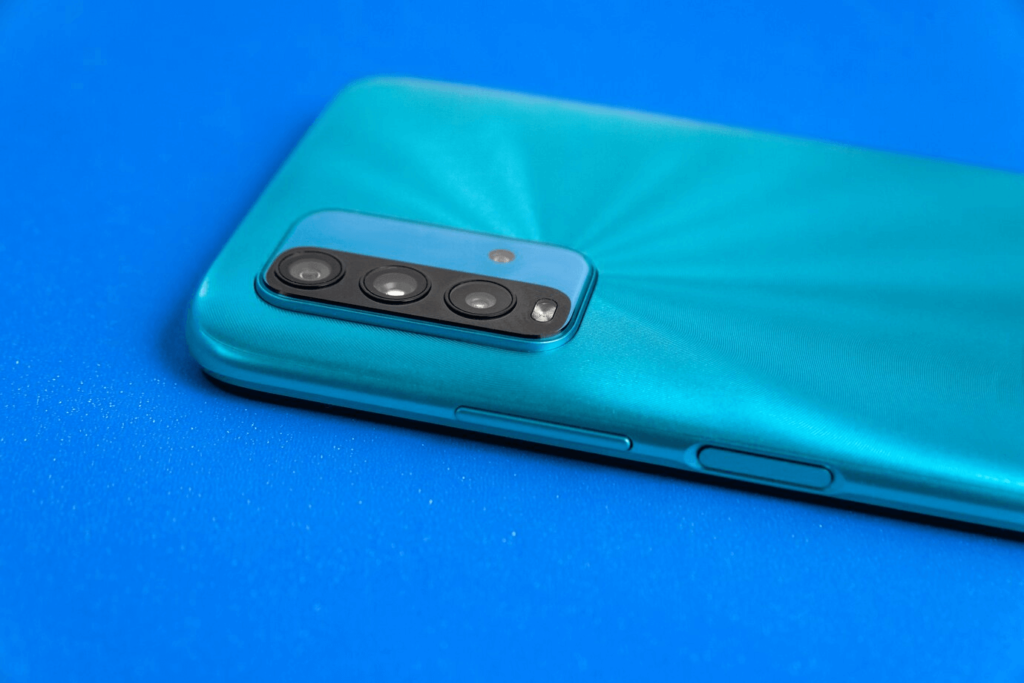Is your iPhone 12 speaker not working properly? Whether it’s low sound, muffled audio, or no sound at all, these speaker issues can be frustrating, especially when you’re trying to enjoy music, videos, or important calls. Fortunately, there are several straightforward solutions you can try to fix your iPhone’s speaker. In this guide, we’ll walk you through the steps to identify and solve the problem without needing to rush to a repair shop.
Step 1: Check the Volume and Sound Settings
The first step is to make sure that your iPhone’s volume is turned up and that the sound settings are correctly configured.
Adjust the Volume
- Increase the volume: Use the physical volume buttons on the left side of your iPhone to increase the sound. Ensure the volume isn’t muted, and check that it’s turned up high enough for audio to be heard clearly.
- Check the ringer settings: Go to Settings > Sounds & Haptics and ensure that the Ringer and Alerts slider is at the appropriate volume. If it’s too low, this could affect the speaker’s output.
Check Silent Mode and Do Not Disturb
- Silent Mode: Make sure your iPhone isn’t in silent mode. If the small orange switch on the side of your iPhone is visible, flip it back to unmute your device.
- Do Not Disturb: If your iPhone is on Do Not Disturb, it may block sounds like notifications and calls. Go to Settings > Do Not Disturb and toggle it off.
After adjusting these settings, check if the speaker is working properly.
Step 2: Check for Obstructions or Debris
If your iPhone’s speaker sounds muffled or distorted, dirt, lint, or debris might be clogging the speaker grills. Over time, small particles can accumulate and block the sound output.
Clean Your Speaker
- Inspect the speaker grills: Take a close look at the speaker areas located at the bottom of your iPhone. You may notice debris or lint.
- Use a soft brush or cloth: Gently clean the grills with a soft brush, such as a toothbrush, or use a microfiber cloth to wipe the area.
- Compressed air: To safely remove debris from the speaker without damaging the device, use a can of compressed air. Hold the can upright and spray a few short bursts to clear any dirt.
Once the speaker is cleaned, test the sound to see if it’s working correctly.
Step 3: Disable Bluetooth Connections
If your iPhone is connected to a Bluetooth device, it may route all sound through that device, making it seem like the speaker isn’t working. Check to see if Bluetooth is on, and if so, disconnect from any paired devices.
Turn Off Bluetooth
- Control Center: Swipe down from the top-right corner of the screen to open the Control Center and tap the Bluetooth icon to turn it off.
- Settings: You can also go to Settings > Bluetooth and toggle off Bluetooth if it’s on.
Now, try playing some audio or making a call to see if the speaker is functioning properly.
Step 4: Restart Your iPhone

Sometimes, software glitches can cause sound issues. A quick restart can help resolve temporary problems and restore the speaker to normal.
How to Restart Your iPhone 12
- Press and hold the side button and either volume button until the slider appears.
- Slide to power off, wait a few seconds, then turn your iPhone back on.
Once the device restarts, check if the speaker is working properly.
Step 5: Reset All Settings
If the previous steps didn’t work, resetting your iPhone’s settings might help resolve the issue. This won’t delete your data but will reset all system settings, including sound preferences and network settings.
How to Reset All Settings
- Go to Settings > General > Reset > Reset All Settings.
- Confirm the reset. Your phone will reboot and restore the default settings.
Once the phone restarts, check if the speaker issue is fixed.
Step 6: Update iOS Software
If your iPhone 12’s speaker issue started after an iOS update—or if you’ve not updated the software in a while—updating to the latest version of iOS might solve the problem. Apple releases updates to fix bugs, improve performance, and address compatibility issues.
How to Update iOS
- Go to Settings > General > Software Update.
- If an update is available, follow the prompts to install it.
Once the update is complete, check if the speaker is working again.
Step 7: Hardware Issues
If none of the software or settings solutions work, the issue may be hardware-related. This could include a damaged speaker, faulty microphone, or internal wiring problem. In this case, your best option is to contact Apple Support or visit an Apple Store to have the device professionally inspected.
Why is my iPhone 12 speaker not working?
Your iPhone 12 speaker may not be working due to blocked speaker grills, incorrect volume settings, a software glitch, or a hardware issue. Start by cleaning the speaker, adjusting settings, and restarting the phone.
How can I clean my iPhone 12’s speaker?
Use a soft brush to gently clean the speaker grills and a microfiber cloth to wipe off any dust. You can also use compressed air to remove dirt stuck in the speaker holes.
Why does my iPhone 12 only work on speakerphone?
If your iPhone 12 only works on speakerphone, it could be due to a blocked microphone, a software issue, or the phone mistakenly thinking headphones are still connected. Check for debris, restart the phone, and ensure the headphone jack is clear.
My iPhone 12 speaker sounds muffled. What should I do?
Muffled sound could be caused by dirt or debris blocking the speaker. Clean the speaker area with a soft brush or microfiber cloth, and use compressed air to clear any buildup.
How do I know if my iPhone 12 has a hardware issue with the speaker?
If the speaker continues to malfunction after trying the above steps, the issue may be with the hardware. In this case, contacting Apple Support or visiting an Apple Store for a professional inspection is the best course of action.
Call to Action (CTA): Is your iPhone 12 speaker acting up? Don’t let sound problems slow you down—follow these easy steps to fix your speaker quickly. If the issue persists, Apple Support is always there to help. Keep your iPhone in top shape!
